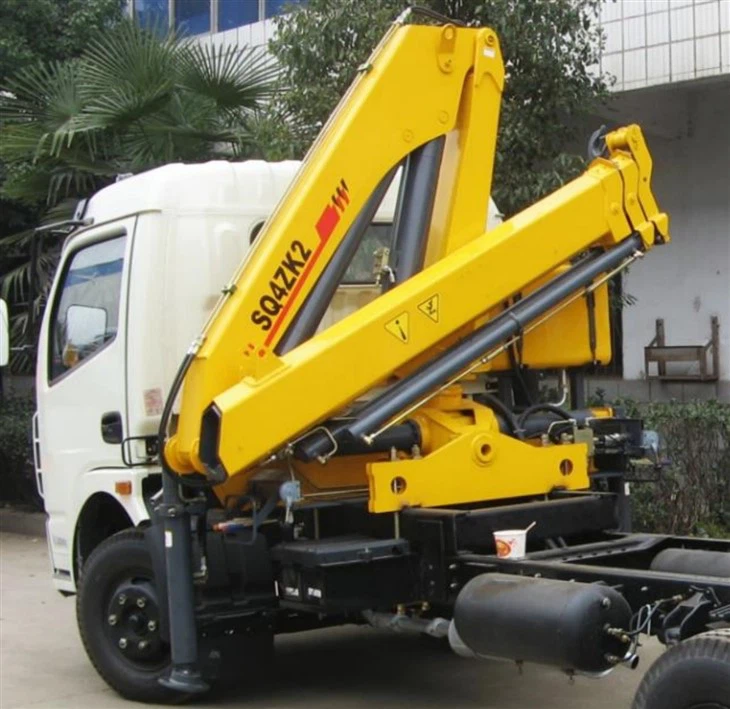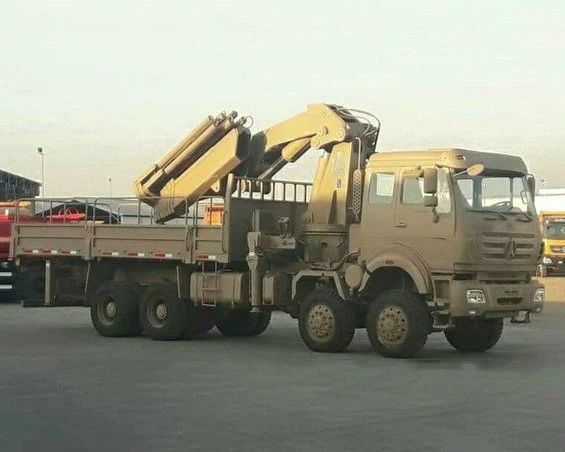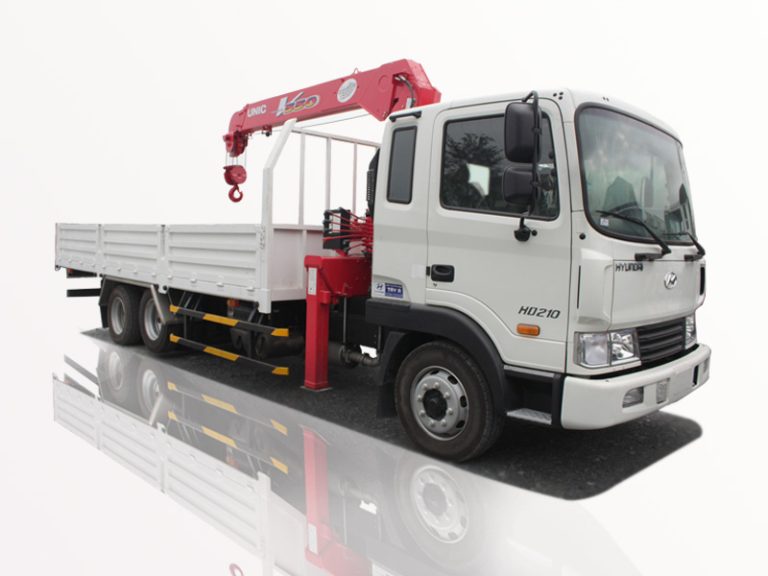Introduction
Garbage trucks are vital to modern waste management, playing a crucial role in keeping our cities clean and our environment healthy. One of the key components of these trucks is the garbage truck arm, also known as the automated arm or mechanical lift, which allows for efficient collection and disposal of waste. This article will explore the functionality, types, benefits, maintenance tips, and the future of the garbage truck arm, providing a comprehensive overview that highlights its importance in the waste management ecosystem.
The Functionality of the Garbage Truck Arm
How the Garbage Truck Arm Works
The garbage truck arm operates through a series of hydraulic systems that allow it to lift, tilt, and dump garbage bins into the truck’s collection hopper. The process is generally automated, enabling the truck to collect waste without requiring workers to leave the vehicle.
Components of the Garbage Truck Arm
1. **Hydraulic Cylinder**: Provides the lifting force needed to elevate the garbage bins.
2. **Control Mechanism**: Allows the operator to control the arm’s movements.
3. **Arm Structure**: Typically made of powerful alloys to support heavy loads.
4. **Bin Grabber**: Designed to securely grip bins during collection.
Operational Process
The operational process involves the following steps:
– A sensor detects the presence of a garbage bin.
– The arm extends and grabs the bin using the bin grabber.
– The arm lifts the bin and tilts it to dump the contents into the hopper.
– The arm returns to its resting position and prepares for the next collection.
Types of Garbage Truck Arms
Side-Loading Arms
A side-loading arm collects waste from the side of the street. This type is ideal for residential areas where space is limited.
Rear-Loading Arms
Rear-loading arms collect waste from the rear of the truck. They are typically used in commercial settings or in areas where there is ample space behind the truck.
Multi-Functional Arms
Some garbage trucks come equipped with multi-functional arms capable of switching between side and rear loading, enhancing operational flexibility.
Benefits of Using a Garbage Truck Arm
Efficiency and Speed
Automated arms significantly reduce the time needed for waste collection. This increased efficiency leads to shorter collection routes and lower operational costs.
Operator Safety
The use of a garbage truck arm minimizes the need for workers to physically lift heavy bins, reducing the risk of injuries related to manual handling.
Environmental Protection
By providing a more efficient means of collecting waste, garbage truck arms contribute to better compliance with waste management regulations, helping reduce litter and pollution.
Cost-Effectiveness
Though the initial investment in automated vehicles may be higher, the long-term savings from reduced labor costs, efficient fuel usage, and fewer injuries can make garbage truck arms a cost-effective option.
Maintenance of Garbage Truck Arms
Regular Inspections
Routine inspections can help identify wear and tear that could lead to breakdowns. Components to check include:
– Hydraulic hoses
– Joints and pivots
– Lubrication points
Hydraulic System Maintenance
Maintaining the hydraulic system is essential for optimal performance. Regularly check fluid levels and replace worn seals to prevent leaks.
Cleaning and Debris Removal
Regularly clean the arm and its components to remove debris or grease that can hinder functionality.
Practical Examples of Garbage Truck Arm Operations
Residential Collection
In suburban neighborhoods, garbage truck arms are often used to streamline weekly waste collection. Trucks can navigate narrow streets collecting multiple bins without requiring workers to exit the vehicle.
Commercial Applications
In commercial districts, larger bins stored in convenient locations can be efficiently serviced by rear-loading arms, saving time and reducing the likelihood of overflow.
The Future of Garbage Truck Arms
Technological Innovations
As technology evolves, developments in automation, including sensors that detect bin fullness, are being integrated into garbage truck arms. This can improve collection efficiency further.
Electric Garbage Trucks
The shift towards electric garbage trucks is likely to see advancements tailored to accommodate electric-powered hydraulic systems in garbage truck arms.
Smart Waste Management Solutions
Integration with smart city technologies will make it possible to optimize routes based on real-time waste generation data, enhancing the utility of garbage truck arms.
Case Studies: Successful Implementation of Garbage Truck Arms
| City | Project Overview | Outcome |
|---|---|---|
| San Francisco | Implemented automated side-loading arms. | 20% reduction in collection time. |
| Toronto | Introduced rear-loading arms for commercial sectors. | Improved overall waste collection efficiency. |
| New York City | Utilized multi-functional arms for mixed-use areas. | Reduced operational costs by 15%. |
FAQ About Garbage Truck Arms
What is a garbage truck arm?
A garbage truck arm is a mechanical component of garbage trucks that automates the collection of waste bins from the street, reducing the need for manual labor.
How does a garbage truck arm operate?
The arm operates using hydraulic systems, allowing it to reach, grab, lift, and dump garbage bins into the truck’s hopper.
What are the safety features of garbage truck arms?
Garbage truck arms are equipped with sensors that detect obstacles and ensure safe operation, minimizing the risk of accidents during collection.
How can I maintain a garbage truck arm?
Regular inspections, hydraulic system maintenance, and cleaning are essential steps for keeping a garbage truck arm in optimal condition.
Are there environmental benefits to using garbage truck arms?
Yes, automated arms contribute to improved waste management, helping reduce litter and pollution by ensuring efficient and timely waste collection.
What is the future of garbage truck arms?
The future is likely to include advancements in technology such as smart waste management solutions and electric-powered garbage truck arms, enhancing operational efficiencies.



